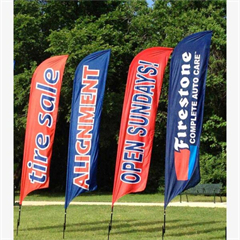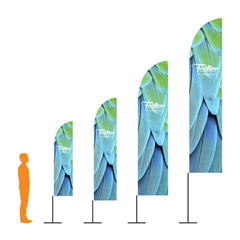“Simplifying” a brochure by embracing the “less is more” principle involves distilling your content and design to the essentials, making it more focused, engaging, and easy to understand. Here’s how to achieve this approach effectively:
- Clear Message and Purpose: Define the core message and purpose of your brochure. Identify the key takeaway you want your audience to remember.
- Minimalist Layout: Opt for a clean and uncluttered layout. Use ample whitespace to give your design room to breathe and make important elements stand out.
- Concise Content: Trim your content to the most essential information. Use short, impactful sentences and bullet points to convey key details.
- Focused Imagery: Select images that directly support your message. Avoid overloading the brochure with images; choose a few high-quality visuals that resonate with the content.
- Single Strong CTA: Have a single, clear call to action (CTA) that stands out. Make sure it aligns with the main purpose of the brochure.
- Limited Color Palette: Stick to a limited color palette that complements your brand and the overall mood you want to convey. This helps maintain a cohesive and visually pleasing design.
- Typography Choices: Use only a couple of fonts that are easy to read and reflect your brand’s identity. Employ different font weights and sizes to create hierarchy.
- Subtle Details: Incorporate subtle design elements, such as light textures or simple patterns, to add depth and interest without overwhelming the design.
- Whitespace as a Design Element: Utilize whitespace strategically to separate sections and draw attention to key elements. It also contributes to a sense of elegance and clarity.
- Hierarchy and Visual Flow: Establish a clear hierarchy for your content. Use headings, subheadings, and visual cues to guide readers through the information.
- A Single Message per Page: Stick to one primary message per page or panel. This helps avoid overwhelming the reader and keeps the information digestible.
- Simple Icons and Graphics: If using icons or graphics, keep them simple and relevant to the content. They can help convey information quickly without adding clutter.
- Space for Breathing: Leave empty spaces around important elements to make them stand out. This technique enhances readability and visual impact.
- Mobile-Friendly Design: Ensure your simplified design translates well to smaller screens. Test the brochure on various devices to maintain its effectiveness.
- Test and Iterate: After designing the simplified brochure, test it with a small audience for feedback. Use their insights to refine and improve the design.
Remember, the goal of simplification is not just to cut content, but to create a focused and impactful design that effectively communicates your message. Each design element should serve a purpose and contribute to the overall clarity and appeal of the brochure.


























